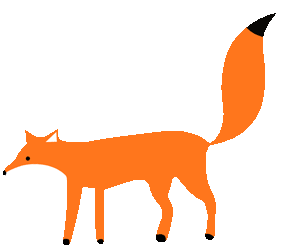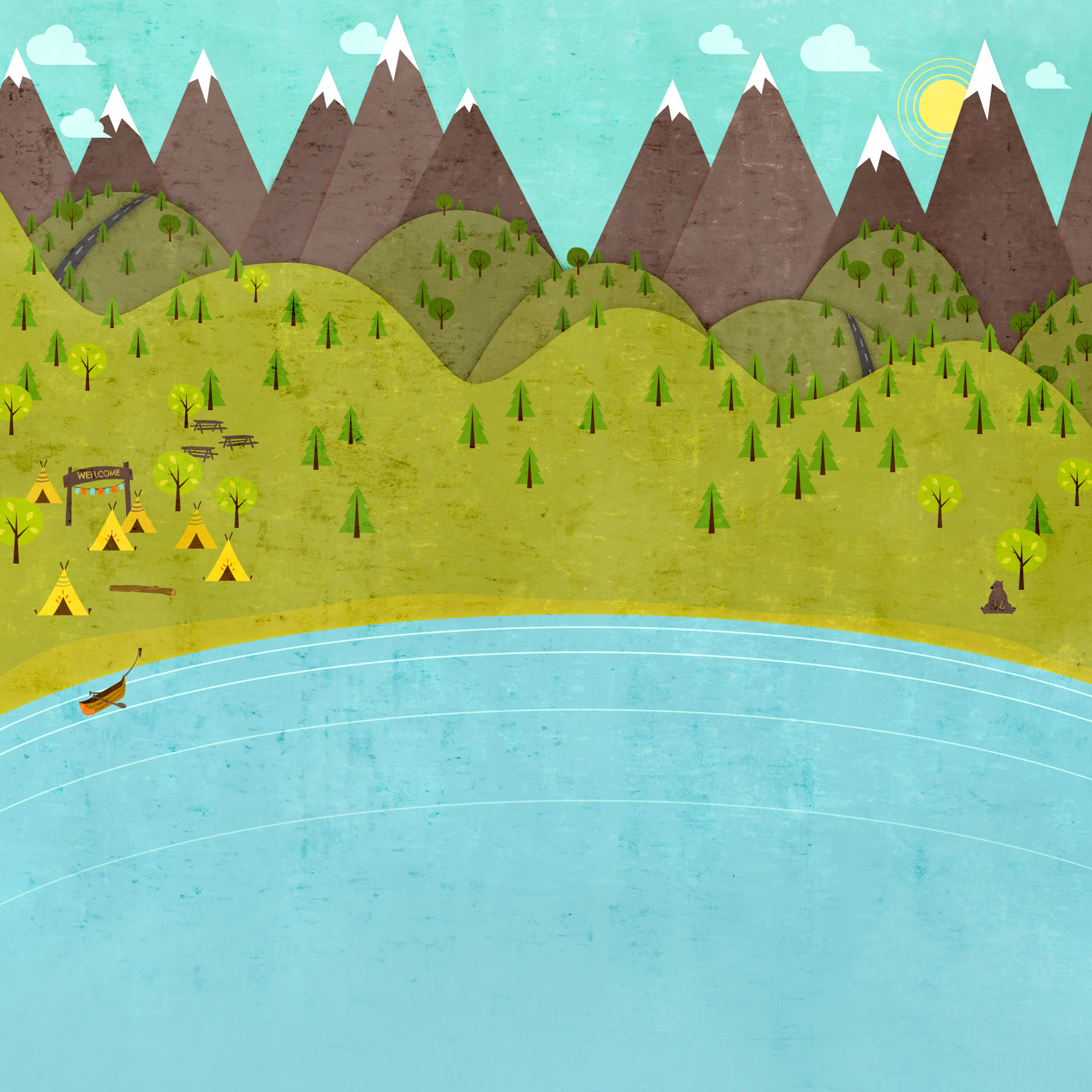
Arts Education

I'm a title. Click here to edit me
I'm a paragraph. Click here to add your own text and edit me. It’s easy. Just click “Edit Text” or double click me to add your own content and make changes to the font. Feel free to drag and drop me anywhere you like on your page. I’m a great place for you to tell a story and let your users know a little more about you.
This is a great space to write long text about your company and your services. You can use this space to go into a little more detail about your company. Talk about your team and what services you provide. Tell your visitors the story of how you came up with the idea for your business and what makes you different from your competitors. Make your company stand out and show your visitors who you are.
At Wix we’re passionate about making templates that allow you to build fabulous websites and it’s all thanks to the support and feedback from users like you! Keep up to date with New Releases and what’s Coming Soon in Wixellaneous in Support. Feel free to tell us what you think and give us feedback in the Wix Forum. If you’d like to benefit from a professional designer’s touch, head to the Wix Arena and connect with one of our Wix Pro designers. Or if you need more help you can simply type your questions into the Support Forum and get instant answers. To keep up to date with everything Wix, including tips and things we think are cool, just head to the Wix Blog!
week 3 23/3/15
Site Specific Dance Education
AusVels
Level 6 Intercultural Understanding- understand the importance of maintaining and celebrating cultural traditions for the development of personal, group and national identities
(Australian Curriculum, Assessment and Reporting Authority 2015)
Other year levels
For younger year levels, you might give them one object to focus on instead of allowing them to choose as they may get distracted by what is in the classroom.
For middle students, you may play some soothing music during this time to get their minds focused into the music and the slow rhythm of the music.
Teacher Perspective
This is a good activity that could be used when discussing different cultural dances and perspectives. It is also a good way to get students to focus and could easily be used as a warm up or an activity between classes. It often needs to be highlighted to students to focus on themselves and by doing this they need to trust their bodies to move in a strong way.
Tai chi was the focus of this week. With Tai Chi it is about using your mind in dance and embracing the energy flowing between your mind and your body. Your mind is used to zone into the energy being passed around the body, and through slow physical movements this is visualised within the movement. Tai chi has a major focus on balance and this is overcome through the relaxation and the training of the mind. The students are then asked to respond to the world around them, "using [their] physical knowledge to respond to a space in an instinctual, sensorial way (LeFevre, 2015).
In this lesson, students are zoned into their body with an introduction of slow steps talking about focus and focus on their mind.
Students are introduced to tai chi being used to connect with the environment around them and can be used to interpret places or objects. Students then use this to choose an object in the classroom and through slow movement create this movement and position with their bodies. Students need to think about the relation between them and the object and focus on its energy.
Students are then asked to go outside and connect with an object and use that within their movement, such as poles, stairs and trees. Reminding them to connect their energy into the tree and its movement.
As this lesson involves a lot of focus it would be best suited for older students as they have more understanding of their body and are able to build that connection with the objects around them.
This movement shows energy moving a slow, sustained and collapsing way with the body flowing. Students demonstrate muscle control through the balance of their bodies and transferring their weight to parts of their bodies as the energy flows through them.
As this is a non-literal piece, students interpretations will differ in their movement, and it important to be understanding of them and their connection they've made. Within this dance style, is it also important to keep students focused on themselves and their energy to have full control over their body.




This week was used to create a choreographic performance based on spelling names.
Students began by working indivudally and spelling their names using their bodies. This was done letter by letter, instructing student to use different levels and then creating a movement that is moving. Students then needed to think of an appealing way to move from letter to letter. As this became quite a lengthy task and there was alot of steps to remeber, students needed to stay focused, this would be best suited for students in grade 5 and 6.
Students were then paired up and created movement using single breaths (inhale and exhale). This movement was then added to the movement of the letters to create a choreographed duet.
Students were then placed into groups, where they were asked to place all movements together and create a complete dance incorporating all aspects (inhale and exhale and letters of each individuals). Once this was completed, students were instructed to create a closing to their dance by making sure that all learners were connected in some way whilst demonstrating their chosen letter.
This performance was a good way to get students to work together whilst thinking about the important elements of dance.
week 4 30/3/15
dance organisation
AusVels
Level 5 & 6 Dance- Develop technical and expressive skills in fundamental movements including body control, accuracy, alignment, strength, balance and coordination(ACADAM010)
Level 5 & 6 Dance-Explore movement and choreographic devices, using the elements of dance to choreograph dances that communicate meaning (ACADAM009)
(Australian Curriculum, Assessment and Reporting Authority 2015)
Other year levels
For younger year levels this would be a great way to introduce letters by using their bodies to create them. Students could do this with their names and think about ways of going from one letter to another.
For the middle years, it would need to be less complicated by choosing one aspect, such as creating letters or simple movements to place together.
Teacher Perspective
By getting students to experience working solo, duet and then in a group, students are able to be in control of their learning and able to put their ideas together whilst working with others. This activity allowed for a big focus on the elements, principles and organisation of dance, and by introducing this goal to students, students were able to be on task and constantly thinking of how these were being used in their performance.
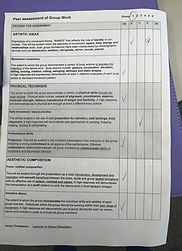
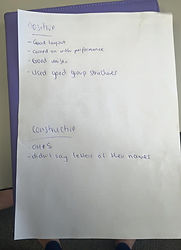
This dance is the middle sequence of combining the names together to create one. To create interest the students worked on different levels to create contrast between letters. The dancers also used cannon to signify the next movement. The steps were slow and were in various directons making the most of the space used.
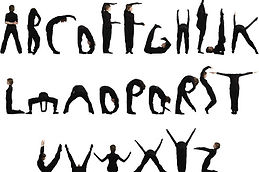
Younger students could be provided with letters to copy and then build on movement and transition from this.

